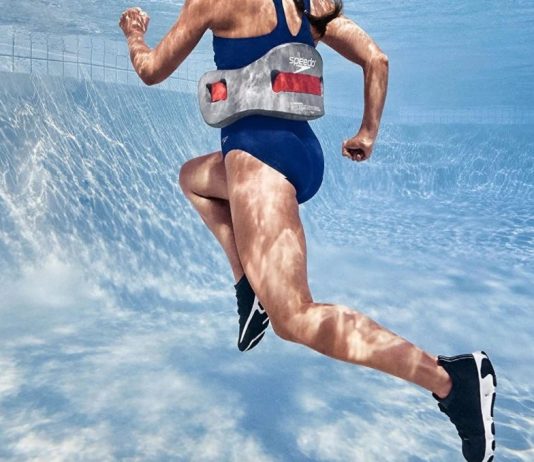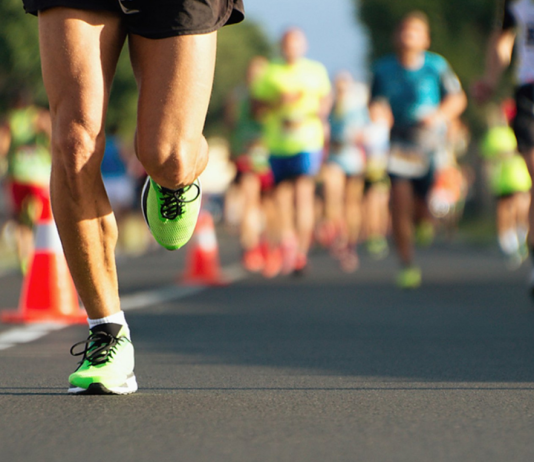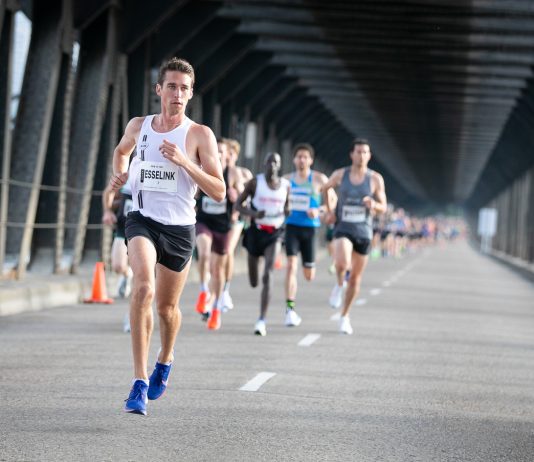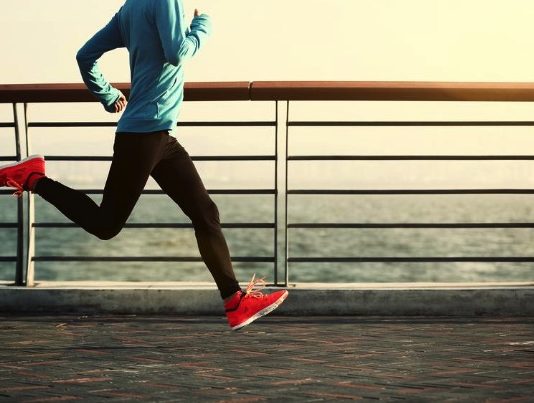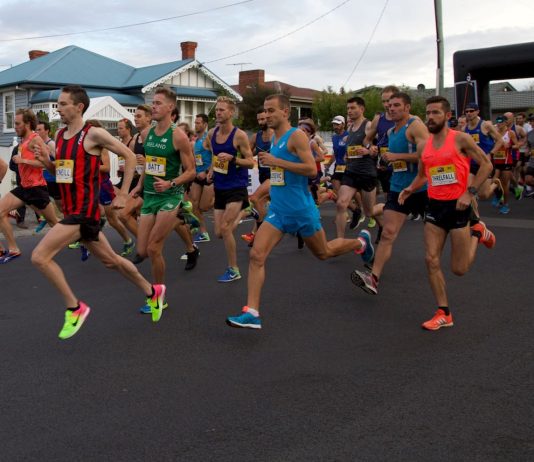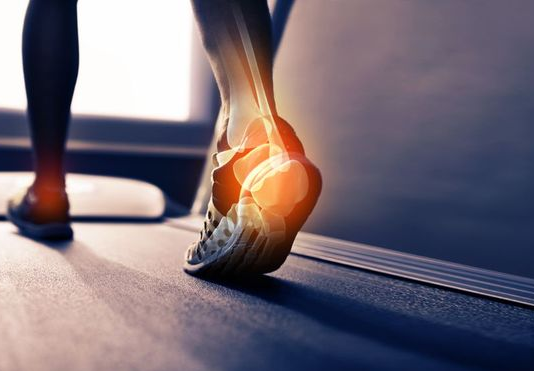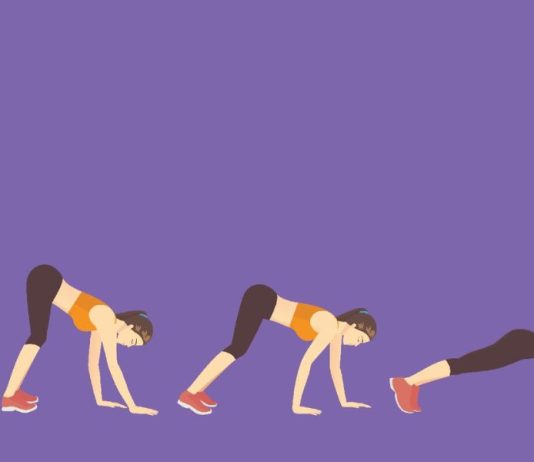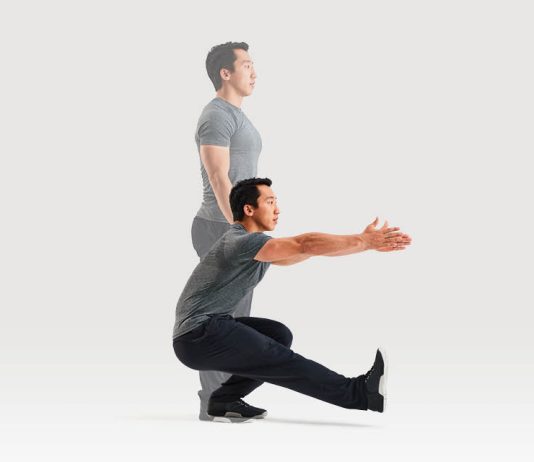Deep water running is a great way to stay in shape without putting excessive pressure on your joints. This exercise provides a full-body workout that strengthens muscles, enhances cardiovascular fitness, and maintains sport-specific neuromuscular movement patterns. By leveraging the buoyancy of the water, deep water running reduces weight-bearing forces on injured joints, ligaments, and tendons. Additionally, the water's viscosity offers resistance that can help improve strength.
When it comes to running, having strong and healthy legs is essential. But what you might not know is that squatting is one of the most effective ways to keep your legs and glutes strong. Although it can be challenging to trade a run day for strength training, the benefits of squatting for runners outweigh the cost of skipping a run. In this article, experts break down the advantages of squats and provide guidance on proper squat form.
Discover the transformative power of targeted low back exercises in safeguarding against pain and injury. The erector spinae, vital for spinal stability, demand focused attention to maintain strength. Unlock the potential of these five essential low back exercises, designed to fortify your core, enhance stability, and promote a life free from discomfort.
Discover the Insider’s Guide to Marathon Cramps: From Causes to Proven Solutions
Runnerstribe Admin -
For seasoned runners and novices alike, cramps during a marathon are an unfortunate yet familiar experience. From the common stitches plaguing newcomers to full-body spasms encountered in endurance challenges, cramping remains an unwelcome companion throughout the running journey.
The world of running, exhilarating and health-boosting as it may be, is not devoid of lurking risks. Whether you're a seasoned marathoner or just stepping onto the running path, the specter of injuries can rear its head. Comprehending the underlying factors fueling these injuries is critical for both foresight and recuperation. Three fundamental culprits often stand out as the driving forces behind running-related injuries: stress, muscular imbalances, and overuse.
A stress fracture, characterized by a small, fine break in a bone, is a prevalent injury among runners and athletes who subject their bodies to repetitive strain. While various bones can be susceptible to stress fractures, it is the bones in the legs and feet that face the greatest risk, especially for long-distance runners in rigorous training. Among these bones, the metatarsals in the midfoot area are particularly vulnerable to stress fractures.
The introduction of carbon-plated running shoes, popularly known as "super shoes," has had a significant impact on the racing world since Eliud Kipchoge's first attempt at breaking the two-hour marathon record in 2017. These shoes are designed with a combination of Pebax foam and a carbon fiber plate, which together provide exceptional resilience, lightness, and energy return, giving runners a bouncy sensation as they run.
Sports Injuries and Regenerative Medicine: Getting Athletes Back in the Game Faster
Runnerstribe Admin -
There's nothing more debilitating for an athlete than an injury that keeps them sidelined. It's not just the physical pain they have to contend with, but also the mental stress of not being able to compete and perform at their very best.
Fitness enthusiasts and health experts increasingly turn to dynamic stretching as a crucial component of their pre-workout routine. Jessica Chellsen, DPT, CSCS, a respected physical therapist and the visionary behind Vibrant Coast Physical Therapy & Wellness, lauds the benefits of this active form of stretching. Dynamic stretching involves moving your muscles and joints through their full range of motion, engaging your entire body, and replicating movement patterns specific to your chosen sport or exercise.
The single-leg squat, often referred to as the pistol squat, is an extraordinary variety of the traditional squat that not only captures attention with its impressive appearance but also provides a plethora of advantages. By incorporating this advanced exercise into your fitness routine, you can elevate your balance, flexibility, and quadriceps strength while simultaneously protecting your knees from potential injuries.


